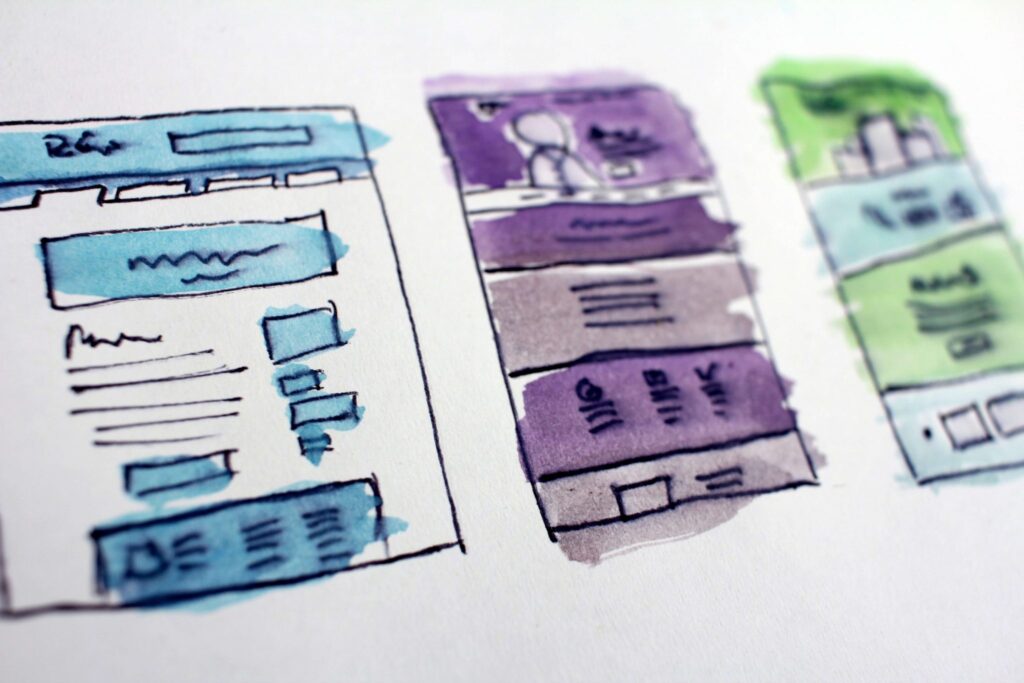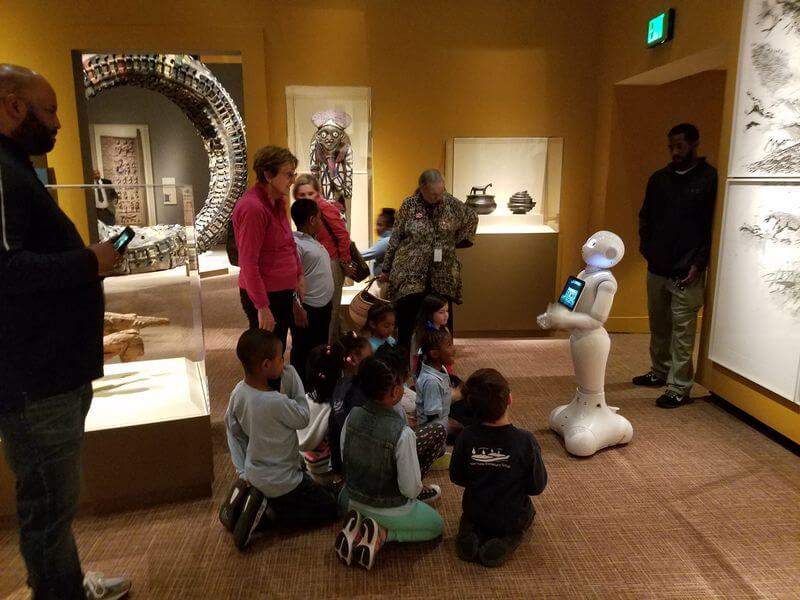
UI/UX designers are in growing demand in today’s tech heavy world. And they should be! User interface and user experience is everything your audience sees and engages with on a digital platform, so it’s pretty important. A digital experience is absolutely nothing without design, and a bad design can ruin everything.
What is it?
Any digital tech you’ve used was designed in a variety of ways. UI/UX makes up the face of most digital platforms. But what do these designers do exactly?
- A UX designer, or a user experience designer, builds the pathways. What’s the best way to connect the functions? What outcomes will each outcome have?
- A UI designer, or a user interface designer, designs what we see. What the best layout? Where appears where?
Both roles work together to create a seamless final product that’s user-friendly.
I’m not a designer, why should I know this?
Because UI/UX is what makes or breaks customer experience. If you’re facing your audience with a website, app, or even a check-out aisle, UI/UX controls the experience. Don’t make things needlessly complicated or fussy. The road to a positive customer experience is the one that’s well designed.
Even with a simple website, you have to decide where to put this image and that button. If that button is all the at the bottom of the page under a lot of text and images, it’s too hard to find. A messy site layout is frustrating for users because it’s incomprehensible and it doesn’t fulfill their needs. Sure, post your company contact info. People will call or email, but they’ll be annoyed if it takes them half an hour to find. And that bad experience reflects on your brand.
Why you need it
Annoyed customers are enough to hinder growth and progress, but losing them completely because of subpar design is worse. The user interface is the very first thing your audience will interact with and performance depends on user experience design.
The self-checkout lane at the grocery store is not without problems, and some of them relate to design. What if the item doesn’t have a barcode? Where’s the button to signal an employee for help? Does the store charge for plastic bags? All of these scenarios need a roadmap and corresponding visual to function. And with continuing issues and changes, designers must also keep up. Amazon Go stores have eliminated cashiers altogether, relying on technology alone. To shop in an Amazon Go store, shoppers must first download the app. The app is easy to use and works with the store to accurately charge customers for the items they’ve purchased. Because the app is the only interface customers will interact with during their shopping trip, it needs to be well designed. Where do you select payment options? How do you access the QR code? How do you report an issue?
In Washington DC, select Smithsonian museums have started to employ Pepper the Robot as a tour guide. Pepper can go through commonly asked questions and talk about exhibits. Equipped with an interactive touch screen, Pepper allows museum goers to select the information or the dialogue they want.
In order for Pepper’s touch screen to work, the user experience and user interface must user friendly. How will the different screens be linked to each other? Where’s Pepper’s speech located? Pepper’s purpose is to engage museum goers with fun interactive information that’s easily presented with a tap of the screen (thanks to UI/UX design).
UI/UX isn’t just for self-checkout and robots either, it’s everywhere. Websites, computers, tablets, apps, smart phones, and more are specially designed for the user experience. And just like any other digital tech, it’s forever growing and changing with data.
Data Analysis
Data is always collected, always. And digital data is analyzed. It’s no different for UI/UX design. Every data analysis before, during, and after reveals errors, shows successful components, and unearths new insights. So don’t overlook the importance of data or UI/UX design.


